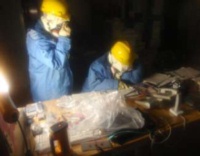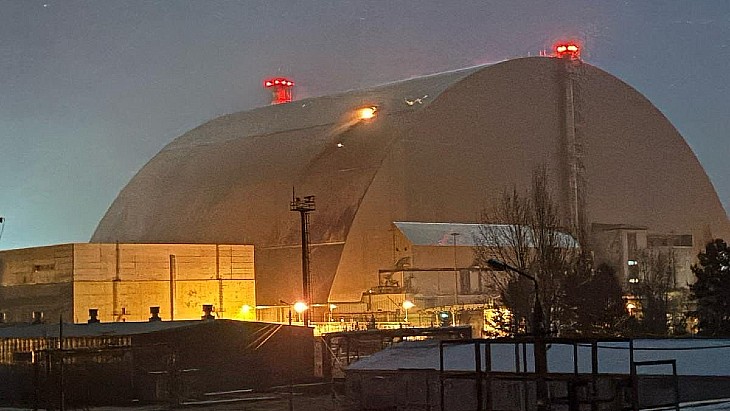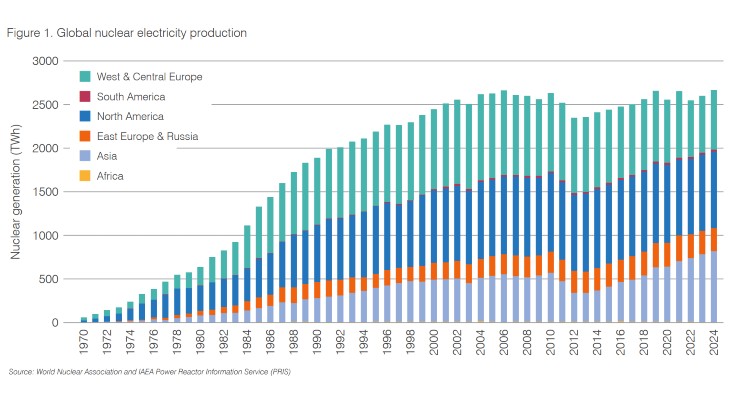Three workers at Fukushima Daiichi have been exposed to higher levels of radiation, while steady progress is made on site and discharges to sea are monitored.
 |
| Workers make checks ahead of the reconnection of external power |
Three contractors were installing cables in the first floor and basement of the turbine building of unit 3, having to standing in water that resulted in exposures of around 170 millisieverts to the skin on their legs. Two have been taken to hospital.
The dose is higher than a commonly accepted value of 100 millisieverts for nuclear workers in an emergency situation, but less than the 250 millisieverts temporarily allowed by Japanese authorities. The World Health Organisation, however, said that a limit of 500 millisiverts is an international standard for emergency work.
Another worker suffered an exposure of 106 milliseverts during venting work early in the Fukushima crisis, while six more have been confirmed to have received more than 100 millisieverts - and another between 100 and 150 millisieverts. Tokyo Electric Power Company (Tepco) has not revealed the work these people had been carrying out.
Injection of water to cool used fuel ponds in unit 3 continued today using the fuel pool cooling and filtering system. Tepco said it would consider spraying at other units subject to the conditions of the other units' fuel ponds.
External power has now been connected to all six Fukushima Daiichi reactor units, while some checks are still being made before this can be used. Lights are now on in the control rooms of unit 1 and 3.
Tepco noted that the temperature of the containment vessel of unit 1 had built to some 400ºC, compared to a design value of only 138ºC. However, the strength of the component is such that it can withstand the stresses this imposes, said Tepco, and its structural integrity is expected to be maintained. "There is no substantial problem regarding the containment vessel's structural soundness under conditions of pressure 300 kPa and temperature 400ºC."
Releases to sea
There has been more detailed investigation of radioactive releases to sea, after elevated readings were taken on 22 March. Levels of iodine-131 well beyond normal regulatory limits were found about 330 metres south of the discharge channel of Fukushima Daiichi units 1 to 4. Levels of Caesium-137 were also beyond limits.
North of the Daiichi plant the levels of iodine-131 were lower, but still far above limits. This was joined by caesium-137, caesium-134, tellurium-129 and tellurium-129m.
At the Daini plant about ten kilometres to the south, only iodine-131 was found to be above levels. That plant suffered problems due to the tsunami that followed 11 March's earthquake but all four reactors reached cold shutdown status a few days later with no radiological release.
Local people began evacuation more than ten days ago and this is complete to a 20 kilometre radius. People in a further ten-kilometre zone have been warned to stay indoors. Pills to block the potential negative health effects of iodine-131 have been distributed to evacuation centres.
Researched and written
by World Nuclear News












